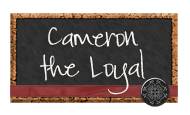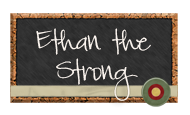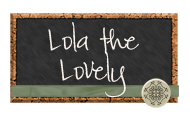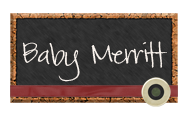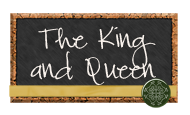Last week, I showed you this picture and told you that Lola and I made something....did anyone have a guess as to what it was?
know if you had done this yourself before, but we made our own homemade laundry soap!
Before you think I am a wacko, you must know two things:
1. This stuff is easy to make.
2. This stuff works well.
3. This stuff is
cheap!!
I had read about this before, and a couple of years ago, I decided to buy the stuff and go for it.
For this recipe, you need:
A five gallon bucket
1 bar Fels-Naptha soap
And Borax and Arm & Hammer washing soda--not baking soda.
Start by "grating" the soap. I am too lazy to do this, so I just use a knife to shave it in
really thin strips. Works just as well.
Add your soap to a pot of 4 cups of hot water, and continue to cook/stir until the soap is all melted.
Try to convince your daughter that the soap is not cheese, and no, she can not have a bite.
This may be more difficult as she insists on having cheese and the crying just gets louder.
You may or may not have to actually get out some real cheese and give it to her, so that she stops.
This is what it looks like when the soap is starting to melt. This process usually takes five to 10 minutes,
depending on how small you were able to grate or chop your soap. The smaller, the better,
because there will definitely be less melting time involved.
While your soap was cooking, prepare your other two ingredients in your five gallon bucket.
You will need 1/2 cup of Borax, and 1 cup of the Washing Soda.
I also begin filling up my (saved) milk jugs with hot water from the tap at this time.
You will see about that in just a minute.
Soap is fully ready now. Time to dump in the bucket.
Once the soap is dumped, stir to incorporate everything together. The mix will get very, very thick.
This is where you will add your hot water--add it all the way to the top of the bucket.
It will be just short of five whole gallons. Little helpers make the process much more enjoyable!
All done and filled to the brim!
Yay!
Now, all that is left is to cover your bucket. I was cheap and didn't buy an actual cover for mine,
so I just went the redneck route and used Press N Seal. Hey, it worked great! lol
You will let this mixture sit overnight. When you come back in the morning,
you will find a gelatinous mixture in the place where you left your runny soap!
You can see how it is almost in one piece. I could pull it off of the side with my wooden spoon.
This shot gives you a good idea what the soap should be the next day. (Excuse the weird red claw.)
Now you need to get all those big lumps out. Stir stir stir, baby! I actually gave up on the wooden
spoon and used my hand to squish all the hunks up. I won't admit that it felt kind of cool and that
I felt like I was a kid again getting into the mud or something and that this was a strangely fun task.
Now
here is where my method may differ from what you have seen/read. I do not, at this point, add five MORE gallons of water (which is what you are supposed to do). Instead of storing 10 milk jugs full of the completed mixture, I just store the
concentrate.
I pour all of my concentrate from the bucket into five milk jugs (I just save them and keep using them!) and mark them 'concentrate'. Then, I have ONE jug marked 'ready to use'. As that jug gets lower, I mix four cups of the concentrate with four cups of water, and put it in the ready to use container. This eliminates the need for storing 10 gallons of laundry soap--now I am only storing five, and making the ready to use stuff as needed.
I store them all on my top shelf in the laundry room.
They are out of the way, but accessible as needed.
This process really is easy, and really gets our clothes/towels/bedding clean! I have found that for tougher stains, I keep an extra bar of the Fels-Naptha on hand to pre-treat. The tough stains do come out better that way.
A couple of tips:
- You will want to gently shake your ready-to-use mixture before you use it each time. Helps just in case the soap inside started to gel again.
- You probably won't need laundry soap again for at least a year. This is my second batch, and I did my first one over two years ago! Crazy, huh!
- You don't use very much. I use about 1/2 cup at most, even for my largest loads. Less for smaller.
- This is HE safe. I myself have an HE washer. It will not suds up in your washer.
- I paid $1 for the soap, and about $3 each for the Borax/Washing soda. I still have tons of the Borax and Washing Soda left, even after two batches. So this recipe, I would say, probably cost me a grand total of less than $2 to make (for 10 gallons!!), when you take it over time. You will need to spring for the $1 soap each time you make it! lol
Any other questions you can think of? Do you make your own soap, and have you liked it as much as I have?


.png)



















































